Christian Nwachioma
FPGA prototyping of synchronized chaotic map for UAV secure communication
Dec 24, 2020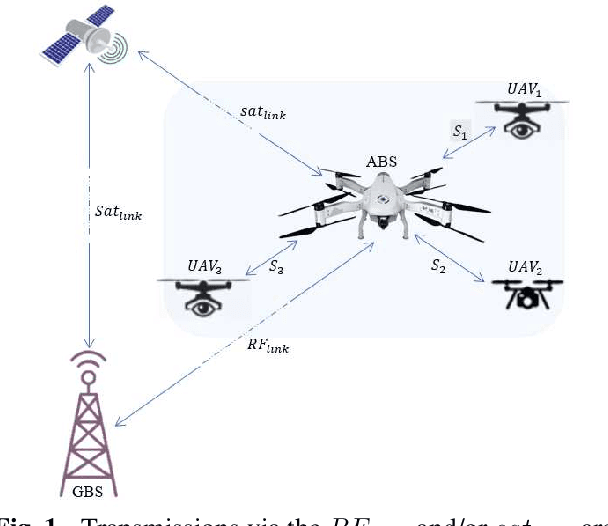
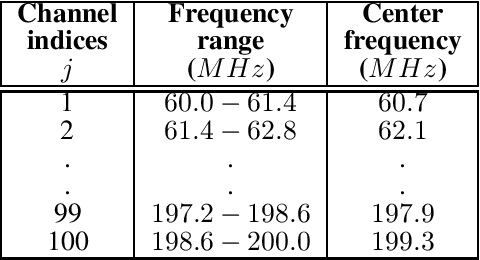
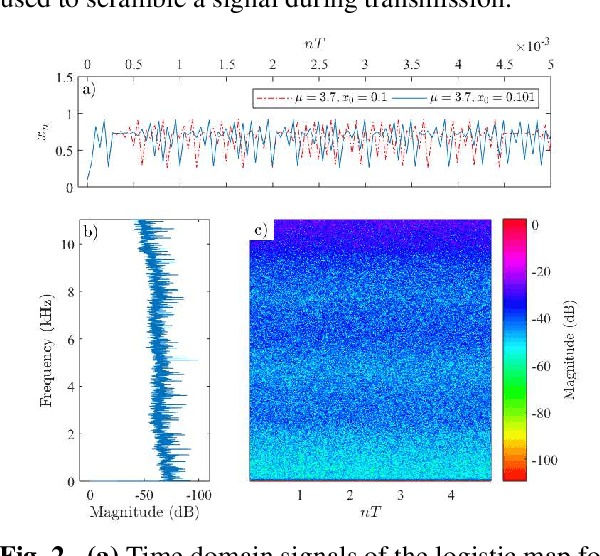

Abstract:We propose a design that uses the principle of chaos for UAV secure communication. A UAV identified as an aerial base station communicates with a ground base station over an RF channel. The communication units have dynamics based on the logistic map. The map is chaotic in the appropriate parameter space. Its states are non-periodic, broadband, and noise-like in the frequency domain. They are useful for spreading information during transmission, making it difficult for an eavesdropper to recover the modulated message since state prediction is ultimately impossible. To retrieve it, we propose a variable feedback controller. It asymptotically stabilizes the error dynamics when the information source is off. During transmission, the controller synchronizes the units such that the error contains signatures of the information signal. Therefore, the information signal is retrievable by a suitable detection mechanism. Security depends on the confidentiality of the map, the variable feedback controller, including its scale factor and bounded feedback gain, and the designer`s choice of invertible function for use in the scrambling and descrambling process. Also, the method is less prone to jamming attacks and multipath effects as the broadband spectrum can be used to randomly select RF channels. It uses only a few simple algorithms, including a correlation summation and a detection mechanism. The algorithms collect subsamples of the received signal sequences and averages over each subsample length. The method requires minimal programming efforts and low hardware resource utilization. It is energy-efficient, which is a vital consideration for any UAV security model. Moreover, we realize a prototype of the communication system on field-programmable gate arrays. We presented a digital design of the secure communication system involving the transmission of bitstreams between the ABS and GBS.
Analysis of a new chaotic system, electronic realization and use in navigation of differential drive mobile robot
Dec 11, 2020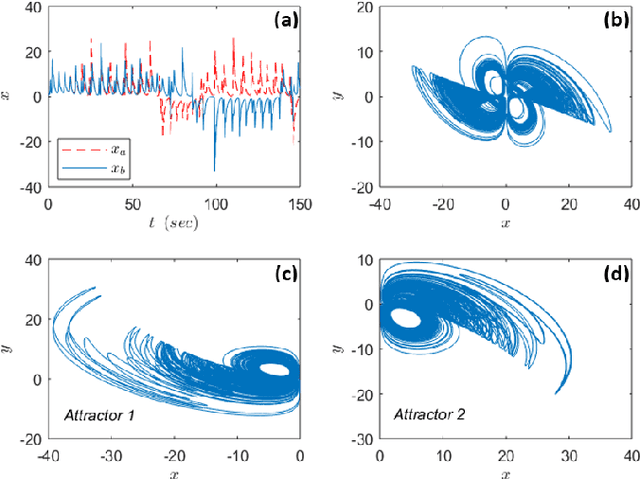
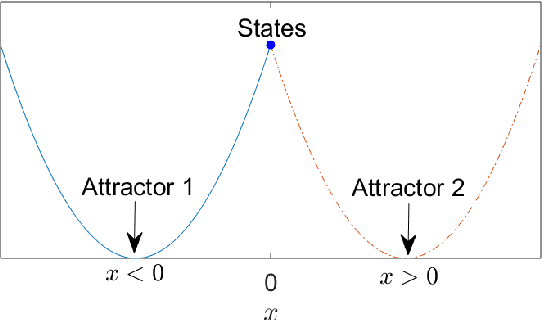
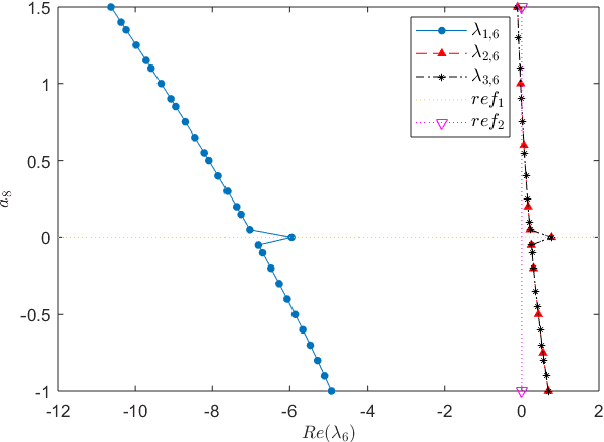
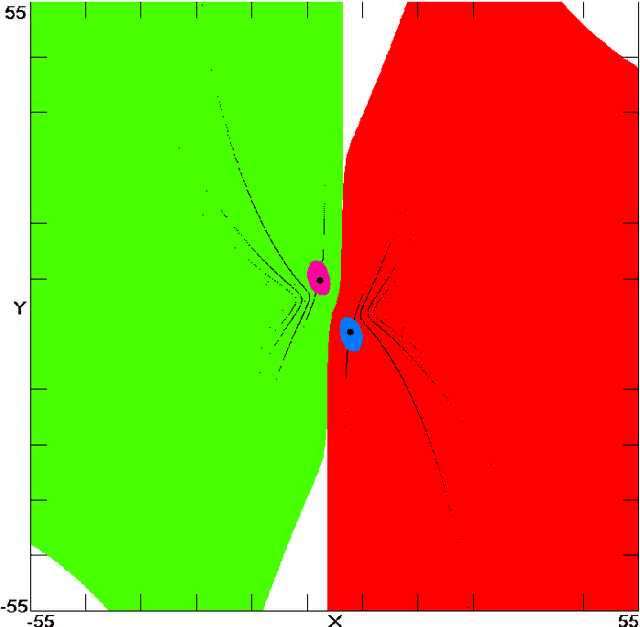
Abstract:This paper presents a new chaotic system having four attractors, including two fixed point attractors and two symmetrical chaotic strange attractors. Dynamical properties of the system, viz. sensitive dependence on initial conditions, Lyapunov spectrum, strangeness measure, attraction basin, including the class and size of it, existence of strange attractor, bifurcation analysis, multistability, electronic circuit design, and hardware implementation, are rigorously treated. Numerical computations are used to compute the basin of attraction and show that the system has a far-reaching composite basin of attraction. Such a basin of attraction is vital for engineering applications. Moreover, a circuit model of the system is realized using analog electronic components. A procedure is detailed for converting the system parameters into corresponding electronic component values such as the circuital resistances while ensuring the dynamic ranges are bounded. Besides, the system is used as the source of control inputs for independent navigation of a differential drive mobile robot, which is subject to the Pfaffian velocity constraint. Due to the properties of sensitivity on initial conditions and topological mixing, the robot's path becomes unpredictable and guaranteed to scan the workspace, respectively.
 Add to Chrome
Add to Chrome Add to Firefox
Add to Firefox Add to Edge
Add to Edge